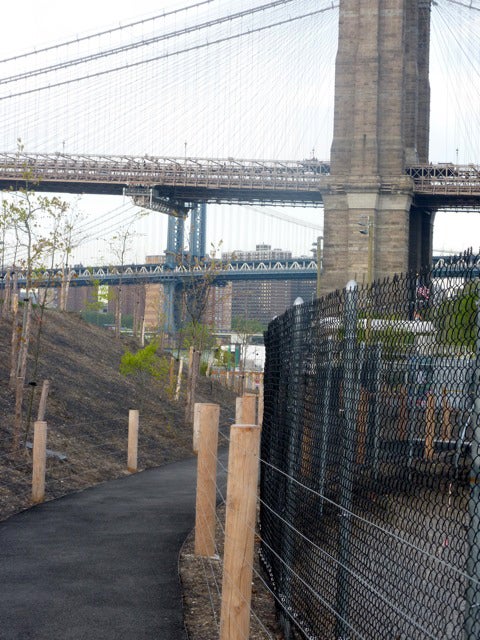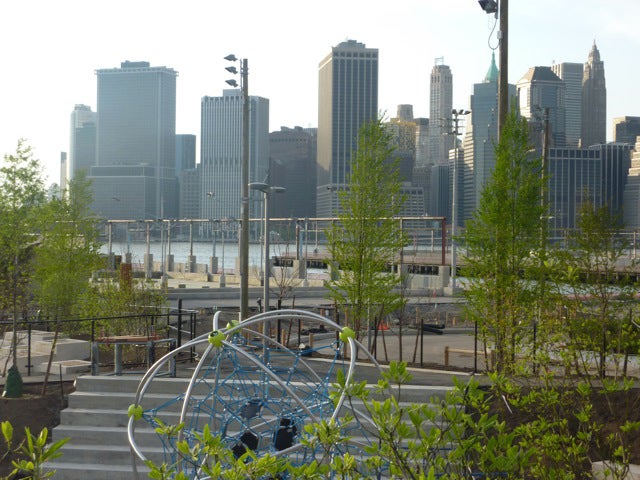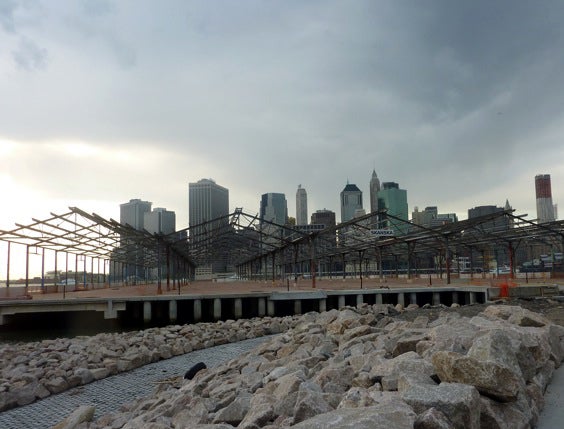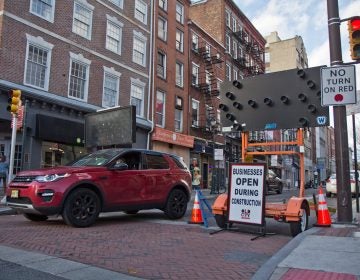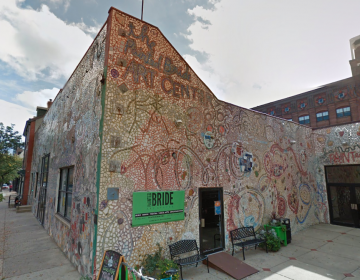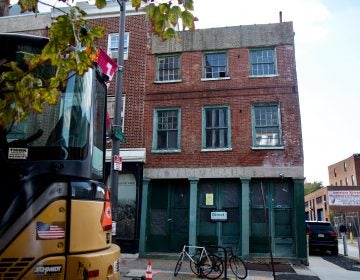A pier park grows in Brooklyn
June 1, 2010
By JoAnn Greco
For PlanPhilly
As Philadelphia dips its toes into the notion of crafting parks centered on its derelict piers, I thought it’d be fun to see what happens when bigger plans are made.
New York City has been greening its waterfronts at a rapid pace, making up for years of neglect that enveloped them in ribbons of highways and inundated them with parking lots.
Last month, the first part of one of the biggest of such projects opened. Dubbed Brooklyn Bridge Park, it will eventually stretch more than a mile over 85 acres from the funky DUMBO neighborhood, located between Manhattan and Brooklyn Bridges, through to Brooklyn Heights. Encompassing six piers, it’s pegged to cost a whopping $350 million.
As with the city’s other two major waterside park developments, Manhattan’s Hudson River Park and High Line, the forbidding price tag has meant that the park is being created little by little. And, as with the other projects, Brooklyn Bridge Park has suffered from extreme development pressures — indeed, in a memo of understanding signed by both the city and state of New York, the park is mandated to be self-sustaining. Consequently, contentious neighborhood civic planning has been a constant impediment to the park’s progress. (Think of what’s going on with talk of adding a vendor or two to Rittenhouse Square and multiply it ten- or a hundred-fold.)
But ultimately the neighbors who first asked for such a park to be developed seem pleased with the progress. While this area has long benefitted from its lovely promenade overlooking the Lower Manhattan skyline, that view has been marred by an ugly expanse of expressways and rotting warehouses.
No more. The warehouses are gone and the piers are, gradually, to be filled in with sweeping lawns, playgrounds, athletic fields, and recreational offerings like basketball and handball courts.
Matt Urbanski, a principal at the park’s design firm, Michael Van Valkenburgh Associates (the architects of Philadelphia’s now underway Penn Park), says the scope of the whole thing makes this “like no other project in the country.”
What’s most stunning about what’s already there is the sheer dominating presence of all of that water billowing out before you.
The first to open this Spring, Pier 1 — unlike other piers because it isn’t a finger pier on pilings but a landfilled one — might be a little too ‘pretty’ for some urban tastes. But it tries hard to cling to the vestiges of its formal industrial heritage.
MVVA recently unveiled the similar Piers 62 and 63 along the 5-mile Hudson River Park, where it was bound by design constrictions so its portion would blend in with those being crafted by other landscape architects. In Brooklyn, however, the firm was allowed to choose all fixtures, says Urbanski, and that’s made a big difference.
Take the 38-foot light stanchions. They look almost like afterthoughts, like work lamps left behind by contractors. “I chose them because they’re very straightforward,” Urbanski says. “The grand scale of the park wouldn’t stand pieces that were overly-domesticated.”
Much of the park’s street furniture is recycled. Benches are crafted from wood rescued from a carefully deconstructed cold storage warehouse that was onsite, fences are higher-toned versions of standard chain link interspersed with I-beams, and a stone staircase that leads down to the river is made from granite that once clad the Willis Avenue Bridge over the Harlem River.
Even in the park’s more ‘natural’ features, reuse and reclamation is extensive. Throughout this 1.5-acre space, manmade hills masterfully relieve its flatness and add “eight distinct rooms,” says Urbanski. Marvels of swooping and dipping terrain, the hills — made of rock being bored from a new tunnel beneath Grand Central Station — reveal glimpses of the silvery skyscrapers across the way.
The space’s verdant lawns don’t feel too manicured, tempered by the presence of rough and active water life: from salt marshes to tidal pools to the river’s edge itself, which spills oh-so-close to the park.
“This park, as opposed to Hudson River Park, is all about a very deliberate and conscious engagement with the water,” Urbanski says.
A series of water gardens extend that motif, while conforming to the park’s multitude of sustainable aspects, as well. They’re part of an elaborate water harvesting system, for example, that Urbanski claims will supplement 80 percent of the landscape’s irrigation needs.
Each of the piers has specific uses planned, although until funding is in place, work on them is stalled. Pier 2, for example, has steel-framed pavilions that will be repurposed as shade structures with porch swings and an inline skating area. Later this summer, its uplands will open, extending Pier 1’s esplanade and offering a boat launch for kayak and other non-motorized boats.
Pier 5 — scheduled to open in 2012 — will contain three full-sized soccer fields. Parts of Pier 6, the pier farthest to the south, open next month, and will feature a series of tot lots and jungle gyms that in their nods to the “adventure playgrounds” of yesteryear seem to have taken a step back from the overly-rubbery playgrounds preferred by today’s stroller set.
The scope is indeed amazing, and it’s hard to visualize all of these uses occurring at once, even in New York.
It makes our two pier-related projects seem small. Then again, it makes them seem exciting and eminently do-able. Van Valkenburgh, whose firm bid on Race Street and lost to James Corner Field Operations (the designers of Manhattan’s High Line), says that while piers present special challenges to landscape architects, there’s also an invigorating sense of possibility in these limitations.
“The weight restrictions and the clear size boundaries can be burdens or they can be opportunities to roll up your sleeves and be innovative,” he says. “One of the best aspects of this kind of design is that of borrowed landscape,” he continues. “We’re creating parks that are surrounded by large vistas of water. There’s a majesty and expansiveness that just makes you want to take a deep breath.
“My favorite part of urban parks are the lines between the city and the park, the edges,” he concludes. “With a pier park, there’s almost a surrealism, a blurring of those edges. And that’s extremely appealing.”
Contact JoAnn Greco at www.joanngreco.com
Check out her new online magazine, TheCityTraveler at www.thecitytraveler.com
WHYY is your source for fact-based, in-depth journalism and information. As a nonprofit organization, we rely on financial support from readers like you. Please give today.




